Falling leaves, soaking rains and shorter days—October has arrived in the Pacific Northwest. While it’s easy to think that gardening is finished for the season, there is still plenty to do, albeit tasks somewhat devoid of instant gratification. But good things come to those who wait, so catch a break between showers, put on your grubby clothes, and embrace autumn gardening!
First, October is just about the perfect time to plant bulbs for a colorful spring show. No matter how green or brown your thumb, you can grow bulbs, and now is the time to plant tulips, daffodils, crocuses, snowdrops, hyacinths, and other early-spring bloomers. Honestly, it’s hard to fail with bulbs, provided you understand a few basics.
Knowing when to plant bulbs is key to getting them established. Plant too early in August or September and the warm soil may signal them to sprout before they’ve put out roots. Plant too late and the bulbs may not have time to root properly before spring warmth causes them to sprout. In general, I recommend planting bulbs from mid-October through mid-November, and in reality, I’ve planted bulbs as late as Thanksgiving with no ill effects.
The other key to planting bulbs is providing proper drainage. Bulbs don’t like to sit in water-logged soil over winter, so if you have poorly-draining soils around your home, planting bulbs in pots on your deck or patio is an excellent alternative to in-ground planting. And if you have sandy soil, great—your bulbs should do well in the ground, so plant away.
If you’re an experienced gardener well-versed in growing bulbs, please oblige me by allowing me to share a couple basic tips for beginners—after all, we all have to start somewhere in our gardening skills. When planting bulbs, plant them pointy side up. Should you plant upside down, bulbs will still grow toward the light, but it’s always best to plant them the way God intended. Additionally, plant your bulbs at the proper depth. Every variety of bulb has a different recommended planting depth, so check the packaging of your bulbs or ask us at Vander Giessen’s when you’re shopping for our recommendations.
Finally, no matter what type of bulbs you’re planting this fall, I recommend throwing a little bone meal in the hole when you plant. Full of phosphorus which aids in root development, bone meal is an excellent fertilizer for getting your bulbs established. If you have bulbs still in the ground from last year, now is the time to sprinkle some bone meal over top of the soil where they’re planted and let the rain wash it into the soil to feed them for the coming year.
Next, October is the month to begin the process of putting your lawn to bed for winter. With regular rainy weather returning, moss will begin to flare up in those shady problem spots around your lawn. Kill any moss that’s already started with some ferrous sulfate and treat your whole lawn with a good dose of Espoma Lightning Lime this month–available at Vander Giessen’s–to keep your soil pH in check and discourage moss growth over winter. Then, either later this month or sometime in November, feed your lawn with Scotts Turf Builder Winterguard to give your grass one last feeding for the year and build a strong root system through winter.
As the days turn wetter I tend to appreciate sunny weather all the more, and I trust you do as well. So in between showers, make the most of your time spent outside and do your garden a favor by planting some bulbs and showing your lawn a little love—next spring, you’ll be glad you did!


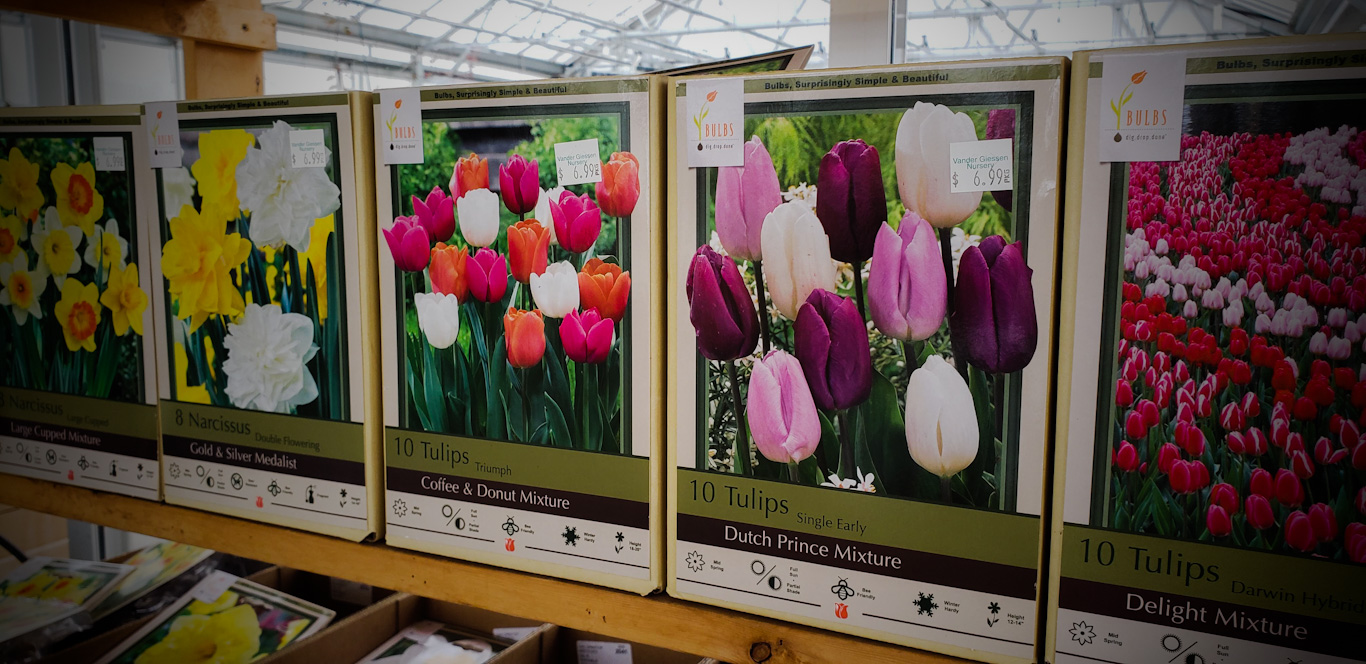
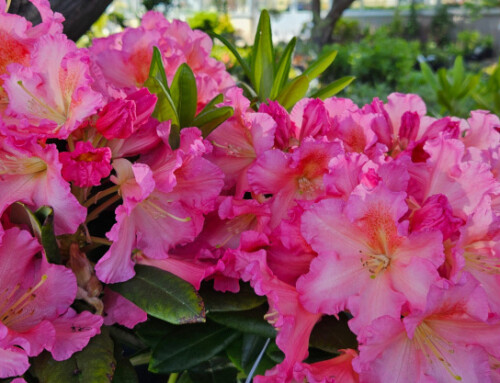
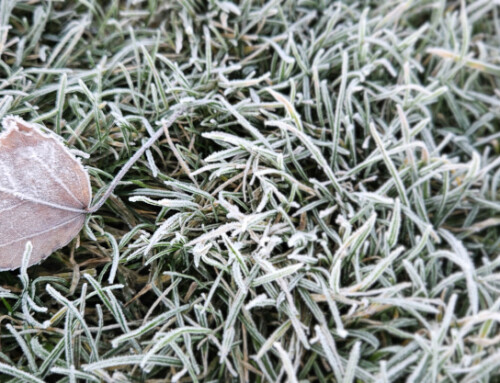
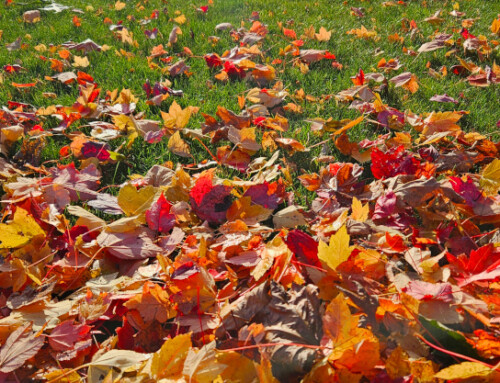
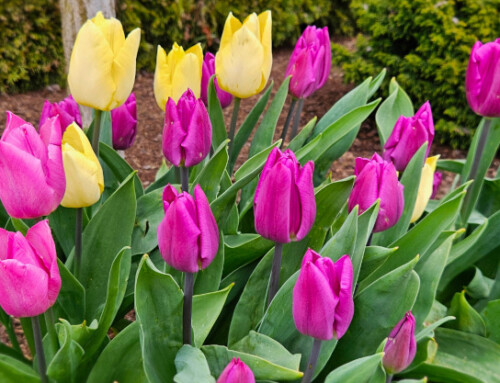
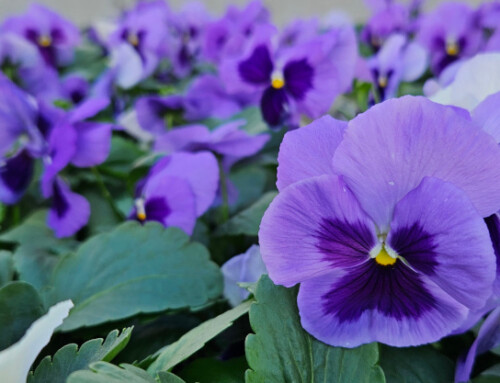
Leave A Comment